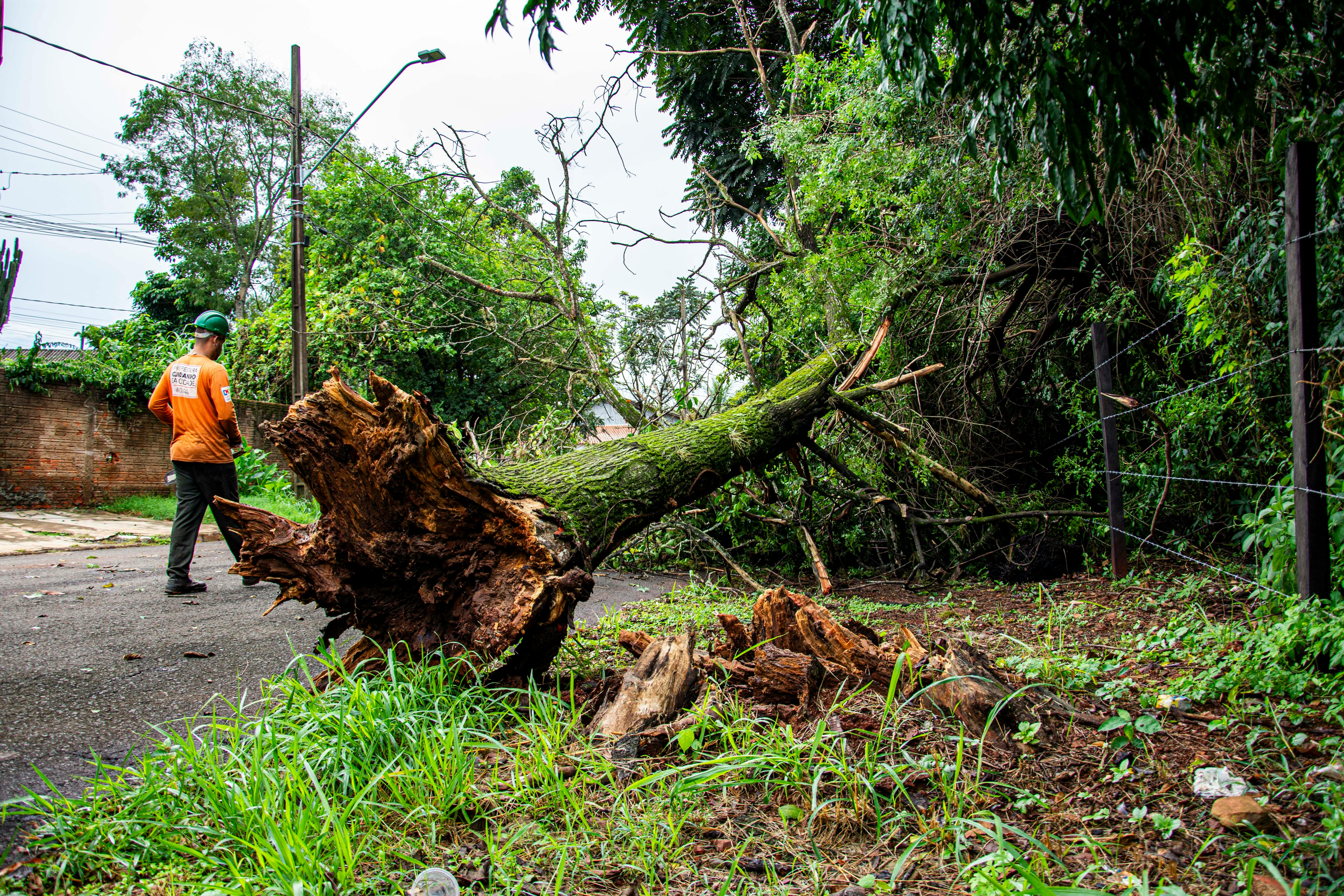What is the story about?
What's Happening?
Researchers Trey Darley and Pedro Umbelino have raised concerns about the Y2K38 bug, a time-related software issue that could cause significant disruptions in 2038. The bug affects systems using a 32-bit integer to store time, which will overflow on January 19, 2038, causing systems to interpret the date incorrectly. This issue is similar to the Y2K bug but impacts a larger number of systems, including industrial control systems and other critical infrastructure. The researchers warn that threat actors can exploit this bug today using time manipulation methods such as GPS spoofing and NTP injection, potentially leading to system crashes and cybersecurity breaches.
Why It's Important?
The Y2K38 bug poses a significant threat to cybersecurity and operational technology systems, which are crucial for critical infrastructure. If exploited, it could lead to system outages, data corruption, and safety protocol failures, posing risks to human life and physical assets. The bug's potential impact on cybersecurity systems, including SSL/TLS certificates and time-based authentication, could allow attackers to bypass security measures and gain unauthorized access. Addressing this vulnerability requires global coordination and significant changes to system architecture, which are complex and costly, especially for older hardware and legacy software.
What's Next?
Stakeholders are urged to identify and prioritize critical systems for updates and develop contingency plans for systems that cannot be updated. Researchers have launched the Epochalypse Project to raise awareness and encourage action. Vendors are being notified of vulnerabilities, and updates are being released to patch systems. However, the challenge of addressing the Y2K38 bug is immense, with potentially thousands of times more connected systems than during the Y2K era, requiring substantial resources and coordination.
Beyond the Headlines
Treating the Y2K38 bug as a vulnerability rather than a simple bug offers benefits, such as using frameworks like CVSS to classify and prioritize fixes. This approach emphasizes the bug's impact on confidentiality, integrity, and availability, highlighting the need for proactive measures to prevent exploitation by malicious actors.
AI Generated Content
Do you find this article useful?
















